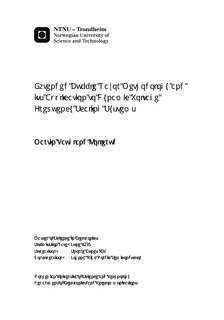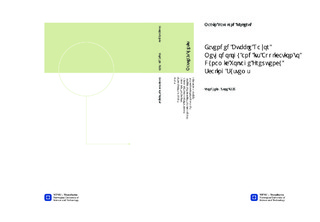| dc.contributor.advisor | Aunet, Snorre | |
| dc.contributor.advisor | Pihl, Johnny | |
| dc.contributor.author | Kollerud, Martin Taugland | |
| dc.date.accessioned | 2016-08-22T14:02:40Z | |
| dc.date.available | 2016-08-22T14:02:40Z | |
| dc.date.created | 2013-06-17 | |
| dc.date.issued | 2013 | |
| dc.identifier | ntnudaim:9657 | |
| dc.identifier.uri | http://hdl.handle.net/11250/2400644 | |
| dc.description.abstract | Increasing voltage and frequency margins in traditional worst-case designs will be more dominating as the process technology is scaled, where power is wasted in exchange for production yield. We have investigated a state-of-the-art DVFS method to eliminate all margins and still guarantee error-free operation, named Bubble Razor.
In the first part of the project did we investigate the methodology of automated conversion from a flip-flop design to a two-phased latch circuit and finally a complete Bubble Razor circuit.
The second part was investigating how Bubble Razor behaves in circuits with synchronous clock domain-crossings, and revealing a clock domain-crossing problem. Two new types of clock-gates are proposed, extending Bubble Razor and enabling it to operate in designs with clock-gates and multiple synchronous clock domains.
A conventional flip-flop design was converted to a two-phase latch design and got a Bubble Razor inserted. Bubble Razor enabled the design to operate at 80% of the flip-flop version's voltage, without any errors. | |
| dc.language | eng | |
| dc.publisher | NTNU | |
| dc.subject | Elektronikk, Design av digitale systemer | |
| dc.title | Extended Bubble Razor Methodology and its Application to Dynamic Voltage Frequency Scaling Systems | |
| dc.type | Master thesis | |
| dc.source.pagenumber | 132 | |

